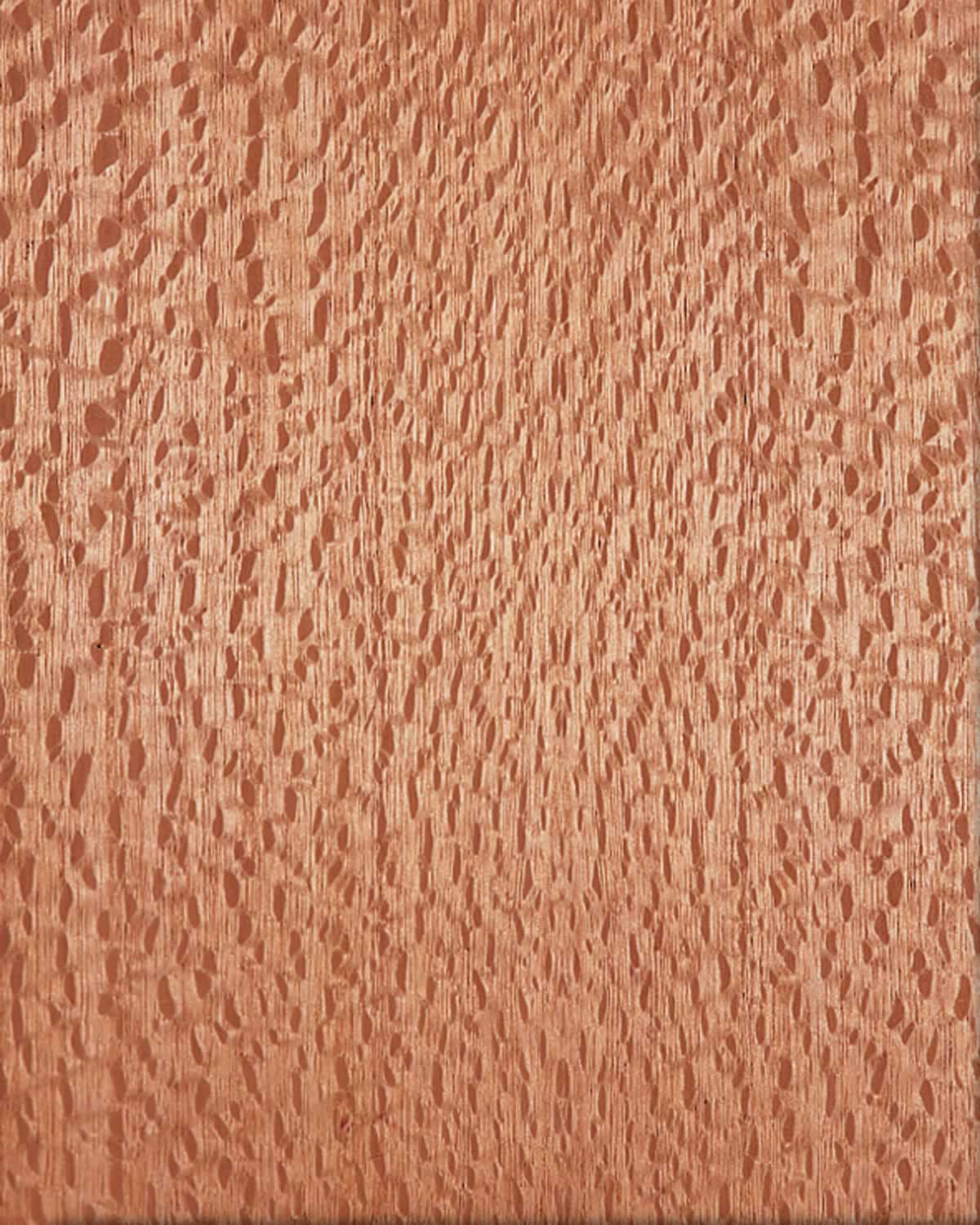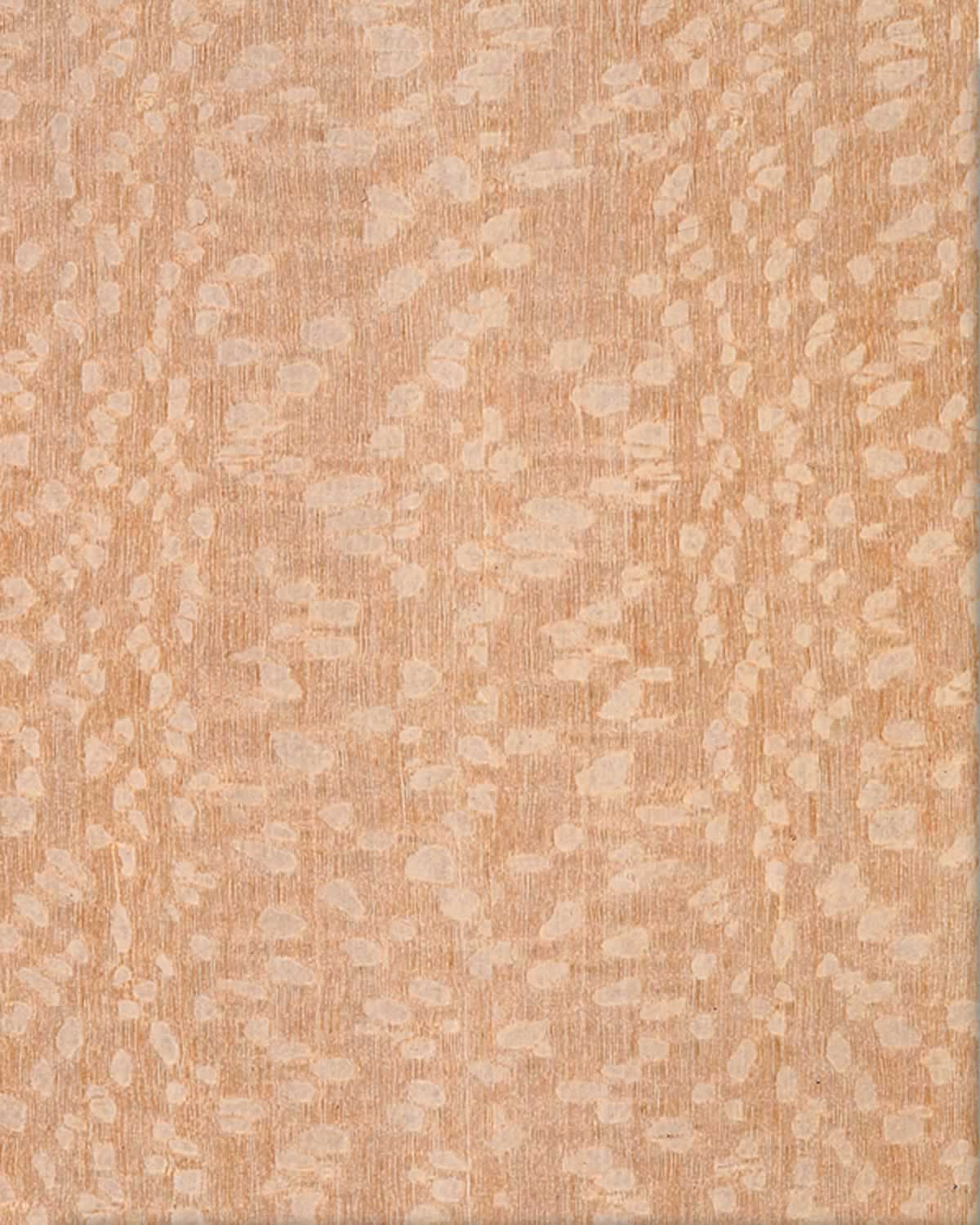Lacewood, QC

Specie Details
Common Names
Lacewood, Brazilian Lacewood, South American Lacewood
Scientific Name
Panopsis spp. (P. rubescens, P. rubellens, and P. sessilifolia)
Grain/Texture
Has a fairly coarse and uneven texture due to the difference in densities between the regular wood tissue and the rays. The grain is usually straight.
Color/Appearance
Has a very conspicuous flecking that gives this wood its namesake. The wood itself is a reddish brown with grey or light brown rays, which result in a lace pattern when quartersawn. Like other woods that exhibit the strongest figure in quartersawn pieces, (such as Sycamore), Lacewood has the most pronounced figure and displays the largest flecks when perfectly quartersawn; this is due to the wood’s wide medullary rays, whose layout can be seen the clearest when looking at the endgrain.
Notes of Interest
The name “Lacewood” is used very loosely and can be applied (and misapplied) to a number of different wood species. In its vaguest sense, the term “lacewood” is used to describe any wood that displays figuring that resembles lace. Attempts to identify a specific board macroscopically may be difficult.
Two Australian species, Northern Silky Oak (Cardwellia sublimis), and Southern Silky Oak (Grevillea robusta) can both look very similar, and are sometimes sold as Australian Lacewood. Additionally, Leopardwood (Roupala spp.) looks similar, but tends to be slightly darker brown, and is significantly heavier.
Specie Data
- Distribution:Tropical South America
- Tree Size:50 ft (15 m) tall, 2-3 ft (.6-1.0 m) trunk diameter
- Janka Hardness:710 lbf (3,160 N)* *Estimated hardness based on specific gravity










